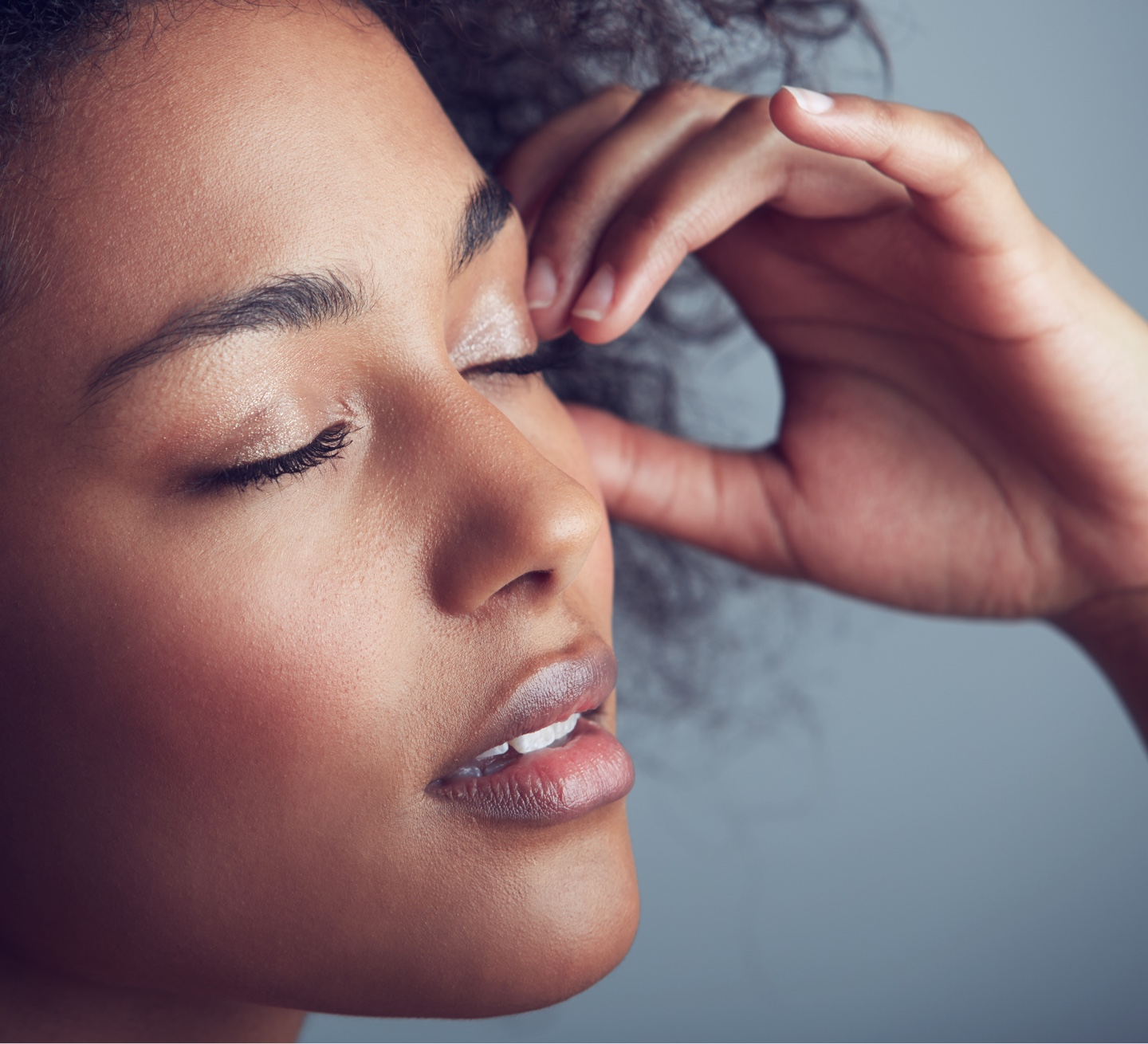What should I expect at the consultation for ethnic rhinoplasty?
We’ll discuss your goals in detail, examine nasal structure and skin thickness, and review reference photos. Digital imaging may be used to explore balanced possibilities that preserve defining ethnic features. From there, a custom surgical plan is created to refine proportions—not overwrite identity.
Can ethnic rhinoplasty also improve breathing?
Yes. If internal structure contributes to obstruction (e.g., deviated septum or weak nasal valves), functional techniques can be incorporated during the same operation to enhance airflow while shaping the nose externally.
Where are the incisions, and will there be visible scars?
Most reshaping is performed through hidden incisions inside the nostrils. When additional precision is needed, a small incision across the columella (the skin between the nostrils) is used; it typically heals as a fine, hard-to-see line. If nostril narrowing is performed, tiny creased-edge incisions may be placed at the nostril base.
How long is recovery, and when will I see my final result?
Plan for about 1–2 weeks of social downtime while swelling and bruising resolve. Subtle refinement continues for months, especially at the tip—patients with thicker skin often see definition keep improving up to 12–18 months.
Is non-surgical (filler) rhinoplasty an option?
For select cases needing subtle bridge augmentation or minor asymmetry camouflage, injectables can offer a temporary preview. They cannot reduce size, refine cartilage, or improve breathing, and results require maintenance. Your consultation will clarify whether this approach suits your goals.




